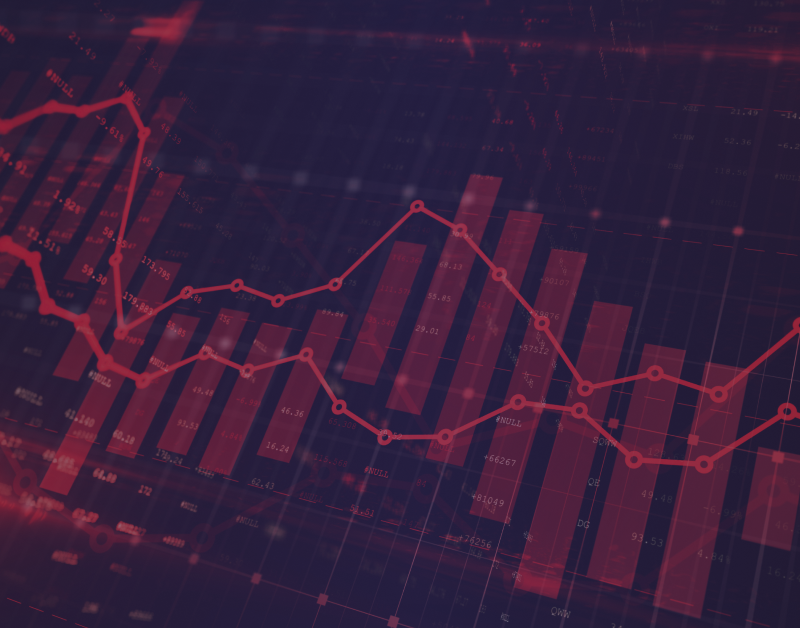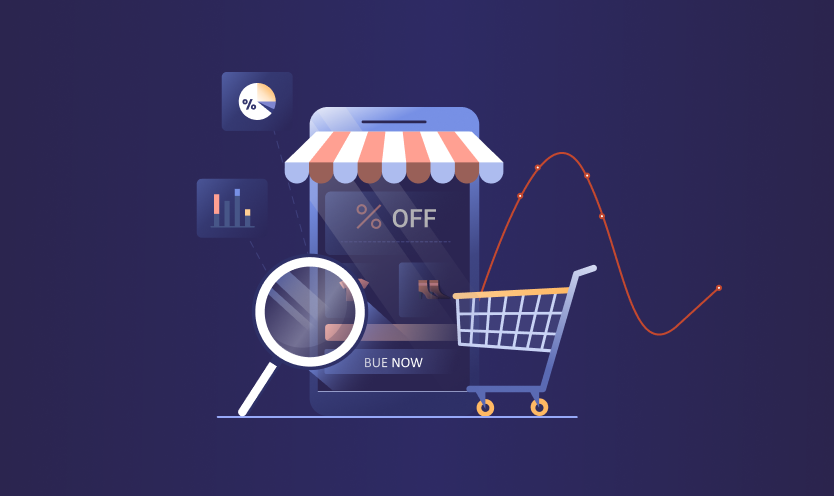Use AI to Enhance these 12 E-Commerce Pricing Strategies
Use AI to Enhance these 12 E-Commerce Pricing Strategies
The pandemic created favorable conditions for e-commerce retailers. Curbs on human interactions, including stay-at-home advice and shuttered stores, saw online shopping reach an unprecedented 15.7 percent of total U.S. retail spending in the second quarter of 2022.
Despite talk of a “new normal” in consumer behavior, e-commerce’s share of spending has already returned to its pre-pandemic trend. Surging growth turned out to be a spike, but it lasted long enough to influence many companies to increase investment in their e-commerce channel.
In the short –term, competition among e-commerce businesses is being subdued by pent-up demand, supply chain difficulties, and inflation. However, smart online retailers know that this is unlikely to last. As stability is restored to production and distribution systems, and consumers direct more of their spending to physical stores, the future for e-commerce businesses looks fiercely competitive.
An intelligent pricing strategy can help your e-commerce business grow and give it an edge once competition really starts to bite. The challenge is determining and optimizing the best strategy. The following approaches, whether familiar or new, can all be significantly enhanced by AI-powered analytics.

The latest tools offer 90 percent of the analytic horsepower of legacy pricing software, but at a fraction of the cost. Deployment is a relatively straightforward matter of connecting to the APIs of internal and external data sources, with the AI crunching through huge volumes of data and informing strategic choices. They also provide actionable insights that make it easy and efficient to implement your pricing strategy, or even a sophisticated blend of strategies.
The 12 Pricing Strategies
Tracking the competition
In the cut-throat world of online shopping, it’s vital to keep your finger on the competitive pulse. The challenge is keeping track of multiple retailers, countless comparable SKUs, and other factors such as geographic reach, short-term weather effects, and more. Big data analytics has made it easy to extract meaning from huge volumes of complex data. Additional AI capabilities such as Natural Language Processing can turn these insights into proactive decision intelligence that can be implemented at the speed of e-commerce.
Cost-plus pricing
Perhaps the oldest pricing strategy in the book is the simple formula of cost + margin. Although this can be a good starting point, variable costs and market movements can threaten your competitiveness or profits. AI analytics can monitor sufficient data points to chart a safe course between keen pricing and a healthy margin.
Dynamic pricing
Dynamic pricing adjusts prices according to demand and market conditions. This is popular for perishable inventories, such as hotel rooms and airline seats, but interpreting demand and inventory costs can be tricker for other consumer goods. AI can make it easier and affordable to broaden your data sources, achieving a sophisticated yet fast analysis that enables this approach.
Freemium
A portmanteau of free and premium, this can be highly effective for items that are easily offered on a limited or trial basis such as software and other digital products. The freemium product is typically designed to encourage most consumers to pay for upgraded services and features. Use analytics to test a range of options to see which works best.
Anchor pricing
An extensive product range can make it difficult for consumers to choose. Anchor pricing creates a perception of value that motivates a purchasing decision. By introducing a product at one price and then presenting an alternative at a different price, it’s possible to create the sense of a great value deal. There are different ways to deploy this strategy, but up-to-date and actionable data is essential to ensure your offers are appealing in price-competitive markets.
Skim pricing
Consumers willing to pay more to get a product before others can be “skimmed” with higher prices. This is common among electronic goods and fashion, where there is a cachet in having the very latest. Over time, prices reduce to capture consumers who are more price sensitive. Use AI to establish your price bounds and automate pricing reductions to ensure you maximize sales at the greatest margin.
Penetration pricing
Very keen pricing can be effective when breaking into a new market or launching a new product. Prices can rise once a customer base is established. The idea is to beat competitors on price while limiting losses (to margin or revenue), so two vital factors for success are knowledge of your margin and competitors’ price movements. If you are using this strategy on more than one product or have many competitors to track, AI can help you to identify effective penetration prices.
Premium pricing
If you sell unique, unusual, or niche products, they may have a special status that can command a high price. Depending on the product and market, sometimes a high price is intrinsic to the appeal. Analyzing consumer behaviors can help to inform differentiation through pricing.
Pack pricing
Grouping products that are related or commonly bought together and offering discounted pricing can increase revenue. While some groupings are obvious, data analysis can reveal hidden purchasing relationships and the potential for positive or negative impact on other lines. If your business has many SKUs, you may need AI to identify these relationships and implement this approach.
Customer value pricing
Detailed market, competitive, and customer intelligence can reveal opportunities to make small pricing increases that improve margin. There are many complexities to consider, such as the strength of brand loyalty and the availability of alternatives. This strategy is made easier with AI that gives a constant and exhaustive data analysis and responsiveness in pricing movements.
Geographic pricing
Different regions and states have different cost structures. Depending on your products, this will determine local pricing levels or create opportunities to challenge competitors. Including external data sources in your analysis will help to reveal gaps and differences, with richer data improving granularity and potentially a competitive edge.
Discount pricing
Good old-fashioned discounting is an almost universal pricing tactic, especially at the end of seasons, to tackle overstocked inventory or perishable items. AI makes it easier to gain a strong grasp of demand and margin impacts, maximizing revenue without threatening profits.
Any or several of these approaches could be right for your e-commerce business. Data analytics can help you choose, but it’s more important that your strategy is not static. Being able to flex to changing consumer behaviors and market conditions is the goal. Constant evaluation of pricing used to be burdensome for all but the largest firms, but AI makes it easy to continually test and optimize.
For information about AI-powered pricing intelligence from Hypersonix, click here.






